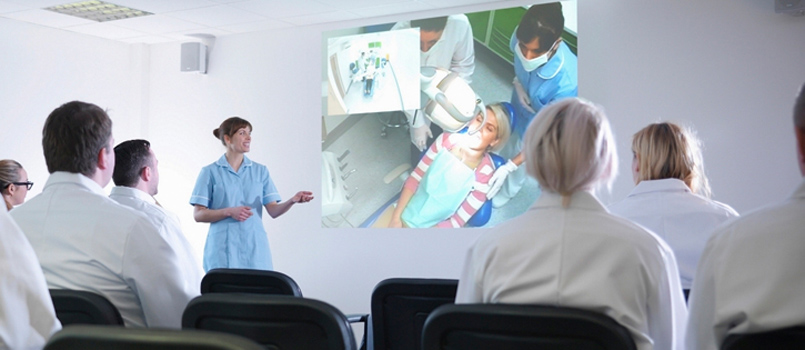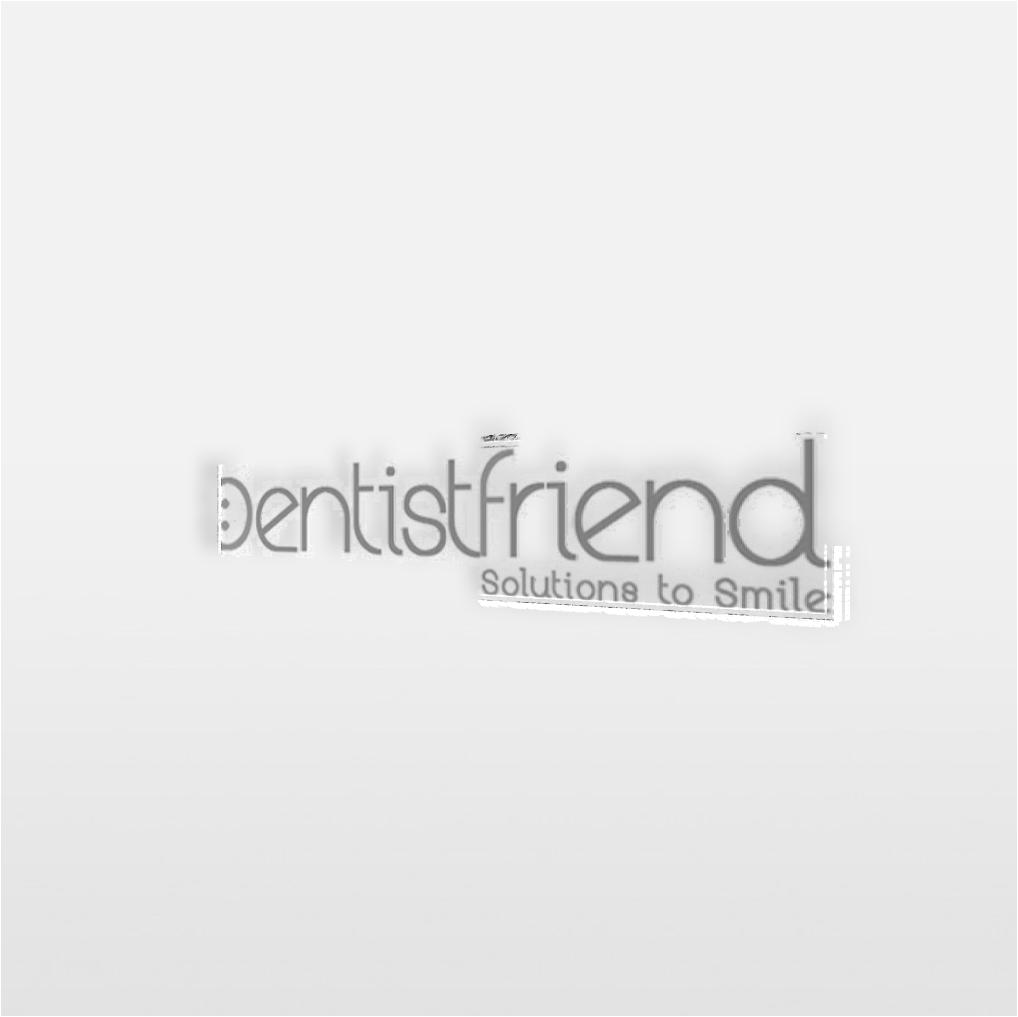It demonstrates airway and breathing complications, comes with a host of cardiac and circulation features, offers IV and intraosseous access, can respond to medical interventions — from nasotracheal intubation to surgical cricothyrotomy — and it talks back and is completely wireless. It’s the SimMan — and this August at CDA Presents The Art and Science of Dentistry in San Francisco, the dentist and entire dental team will have an opportunity to train with the high-fidelity simulation mannequin.
“CDA and dentistry's focus is on patient safety through doctor and staff training and coordination,” said David Rothman, DDS, member of the CDA Presents Board of Managers. “To improve safety means improving the response of the dental team to potentially life-threatening events by training all members of the team to recognize and treat emergencies. Two new workshops at CDA Presents will provide this hands-on training for both the dentist and staff members.”
Led by Rick Ritt, EMT-P, MA, and Robert M. Peskin, DDS, DNDBA, the workshops will train dentists in these real-life emergency situations on the computer-controlled SimMan but will also offer attendees immediate feedback on how they recognize and treat emergent situations, which Ritt says is a critical component of the training.
“The simulation training is incomplete without the assessment,” said Ritt, a paramedic for more than 35 years who is highly familiar with dentists’ needs, having trained thousands of dentists and staff members in emergency recognition and treatment and monitoring of sedated patients. “The entire team can use the debriefing session to examine their performance and identify strengths, weaknesses and gaps, with the goal of improving operations and performance and, ultimately, patient outcomes,” he said.
SimMan training has been a part of medical training for years and has been used in dentistry for training in sedation programs and for Pediatric Advanced Life Support and Advanced Cardiac Life Support training. But the San Francisco convention in August is one of the first national meetings in which dentists will be able to train in this technique both individually and with their dental team members.
“Medical Emergency Preparedness for the Team Through Hands-On Simulation Training,” co-led by Peskin, addresses the proper assessment and management of patient medical emergencies and complications and includes simulations for the dentist and two team members. The simulations allow participants to interactively make critical decisions and deliver therapies as a team for the simulated patient. Specifically, participants will learn how to:
Assess and manage the common emergencies that can happen in the dental office.
Use various emergency equipment and instrumentation for medical emergencies.
The workshop will take place Friday, Aug. 25, from 8:30–11:30 a.m.
“Emergency Management for the Dentist: Improving Dental Team Performance with Hands-On Simulation Training” is also open to the entire dental team and offers similar case studies and learning outcomes but focuses more specifically on the dentist’s management of medical emergencies in the dental office, including use of emergency and patient monitoring equipment. This workshop is scheduled for Saturday, Aug. 26, from 8:30–11:30 a.m. and repeats at 1 p.m.
Airway management is an area of emphasis in both workshops. Participants can expect to identify and respond to a variety of complications replicated by the SimMan, which has a chest that moves. The SimMan also breathes audibly, demonstrating the quality of its respiration. Cyanosis, tongue edema and fallback, a swelling or obstructed airway — the SimMan can demonstrate all of these complications, which participants can correct through airway repositioning, nasopharyngeal or oropharyngeal airway placement and effective bag-valve mask ventilation, for example. Additionally, many participants will also have a first opportunity to use and become familiar with videolaryngoscopy, which has become standard equipment in anesthetic care.
All the while, participants will monitor the SimMan’s vital signs. Following each simulation exercise, the team will review their performance and be asked to address and resolve problem areas.
But beyond improving skills, task capabilities, organization and response, the workshops are designed to help participants understand their roles and gain further comfort and familiarity with others on the dental team. For these reasons, Ritt says it is vital that the entire dental-based anesthesia team participate in the emergency training in order to “have a comprehensive understanding of a host of physiological parameters that lead to a successful patient intervention and outcome.”
As a past workshop participant and practicing dentist in Ohio said of the training experience, “The simulations were really true-life and we are now in the process of fine-tuning our system to best prepare for situations that may arise.” The presentation, he added, was “all pearls.”
Course for assistants, other emergency preparation courses
Dentists can sign up their assistants for “Monitoring the Dental Patient: A Hands-On Course for Assistants,” co-led by Peskin and Ritt. Other CDA Presents workshops and lectures designed to help dental team members monitor patients and respond to emergencies are “Office Preparedness vs. Panic: Dealing Effectively with Emergencies in the Dental Practice,” led by Peskin, and the hands-on workshop “The Medical Emergency Kit: A Nuts-and-Bolts Approach,” led by Christine L. Quinn, DDS, MS.
To register for or learn more about these courses, see the CDA Presents Program mailed with the June CDA Journal or visit cdapresents.com/sf2017 for a PDF or ePub version of the program. Attendees can save more than 10 percent on ticketed workshops if they register online by July 25.





